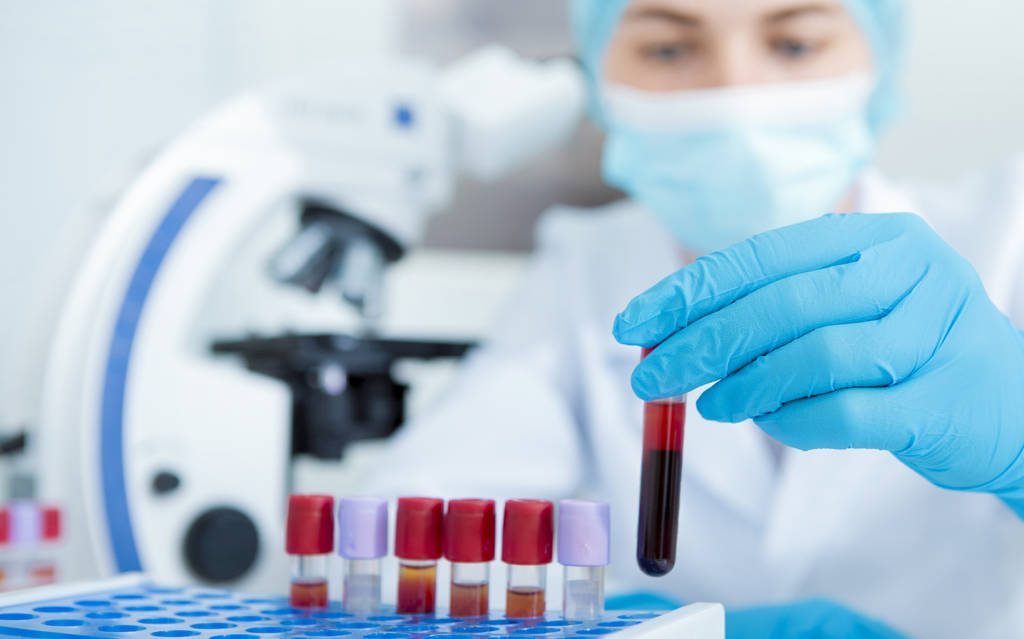Paternity testing has emerged as a powerful tool in establishing biological relationships between individuals. Legal paternity testing, in particular, plays a crucial role in determining the biological father of a child for legal purposes.

This article delves into the intricacies of legal paternity testing, exploring its significance, process, legal framework, and the impact it has on individuals and families involved.
Understanding Legal Paternity Testing
Legal paternity testing is a scientific procedure conducted to determine the biological father of a child. It involves comparing the DNA profiles of the alleged father, the child, and the mother, as DNA is inherited from biological parents. This comparison helps establish a biological connection with a high degree of accuracy, often exceeding 99.9%.
Importance of Legal Paternity Testing
- Establishing Parental Rights and Responsibilities: Legal paternity testing is critical in situations where the identity of the biological father is in question. It provides clarity, allowing the involved parties to establish parental rights and responsibilities, such as child custody, visitation rights, and financial support.
- Emotional and Psychological Well-being: For both the child and the alleged father, knowing the truth about their biological relationship can have a profound impact on their emotional and psychological well-being. Legal paternity testing provides an opportunity for individuals to understand their genetic heritage and identity, facilitating a sense of belonging and self-discovery.
- Financial Support: Determining paternity through legal means is crucial for securing financial support for the child. With a legally recognized biological father, the child becomes eligible for financial benefits, including child support, health insurance coverage, and inheritance rights.
The Legal Framework
Legal paternity testing operates within a legal framework that varies across jurisdictions. In most countries, it is governed by specific laws and regulations to protect the rights of all parties involved.
- Consent: In many jurisdictions, support from all parties involved, including the child’s legal guardian, is required before conducting a legal paternity test. This ensures that the rights and privacy of individuals are respected.
- Chain of Custody: Legal paternity testing often follows a strict chain of custody protocol to ensure the integrity of the testing process and the reliability of results. This involves documenting the collection, handling, and storage of samples, preventing tampering or contamination.
- Admissible Evidence: Legal paternity test results are often used as evidence in various legal proceedings. To be admissible in court, the testing laboratory and procedures must meet specific accreditation and quality standards. This ensures the accuracy and reliability of the results.

Process of Legal Paternity Testing
- Sample Collection: The first step in legal paternity testing involves collecting DNA samples from the alleged father, child, and, if available, the mother. Samples are typically collected using non-invasive methods such as buccal swabs, where cells from the inner cheek are collected using a sterile cotton swab.
- Laboratory Testing: The collected samples are sent to an accredited laboratory for analysis. Highly trained scientists extract DNA from the samples and compare the genetic markers to determine paternity. Advanced technologies, such as polymerase chain reaction (PCR), are employed to achieve accurate and reliable results.
- Result Interpretation: Once the laboratory analysis is complete, a detailed report is generated. The report states the probability of paternity based on the DNA comparison. A probability of 99.9% or higher is considered conclusive evidence of paternity.
- Legal Recognition: The paternity test results can be used to establish legal recognition of the biological father. They can be submitted as evidence in court proceedings, used to amend birth certificates or help facilitate legal agreements regarding custody, visitation, and child support.
Learn more at Wiki as well.
